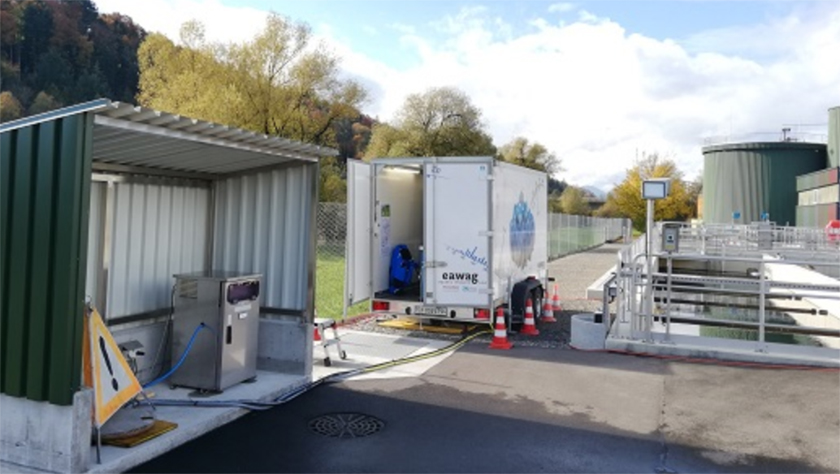Department Environmental Chemistry
Active ingredient losses from galenic pharmaceutical plants via operational wastewater - GalPro

Emissions from the galenic production (GalPro) of pharmaceuticals can lead to concentration peaks of active ingredients in wastewater treatment plant (WWTP) effluents. Up to now, the focus has been primarily on plants that synthesize active ingredients. However, very little is known about substance discharges from so-called galenic plants (i.e. plants that process active ingredients into tablets or ointments, for example). For this reason, the FOEN, the VSA and Eawag are conducting the GalPro project in collaboration with companies, WWTP and cantonal authorities, as well as the industry associations ECO SWISS and scienceindustries. The aim is to obtain a nationwide overview of active substance inputs to waterbodies via treated wastewater from such galenic plants.
Various measures to reduce substance inputs to water bodies are currently being reviewed and implemented. In June 2017, the Federal Council published the report "Measures at source to reduce micropollutants". In it, it proposes strengthening measures at source to further reduce the input of micropollutants into water bodies. This also applies to substance discharges from industrial and commercial operations.
A preliminary study at two wastewater treatment plants showed that emissions of active substances from pharmaceutical plants could cause up to 300-fold increases in concentrations. On behalf of the FOEN, the GalPro project is now being carried out with the aim of checking the results of this preliminary study for their representativeness throughout Switzerland, to obtain an overview of substance discharges from galenic pharmaceutical plants and to make it easier for the companies involved to optimize their wastewater management.
The project will be carried out in three phases over the period 2020-2024. In a first phase, representative galenics plants in Switzerland were selected. In a second phase, the processed active ingredients will be measured in influents and effluents of the respective WWTPs treating these effluents. For a successful implementation of the project, we closely cooperate with the companies, the responsible cantonal authorities and the respective WWTP. In order to better capture the dynamics of the pulse-like inputs from the industry in WWTP effluents, the first measurement campaign was carried out with the MS2Field, which enabled a high temporal resolution of the measurement data. Additional WWTPs will be investigated using 24-hour composite samples. The third phase is used for data analysis and evaluation of the results. The results are summarized by Eawag and the VSA in a final report. The findings will be incorporated into VSA documents (guidelines and fact sheets) aimed at harmonizing Switzerland-wide enforcement in this sector (e.g. on the state of the art).
